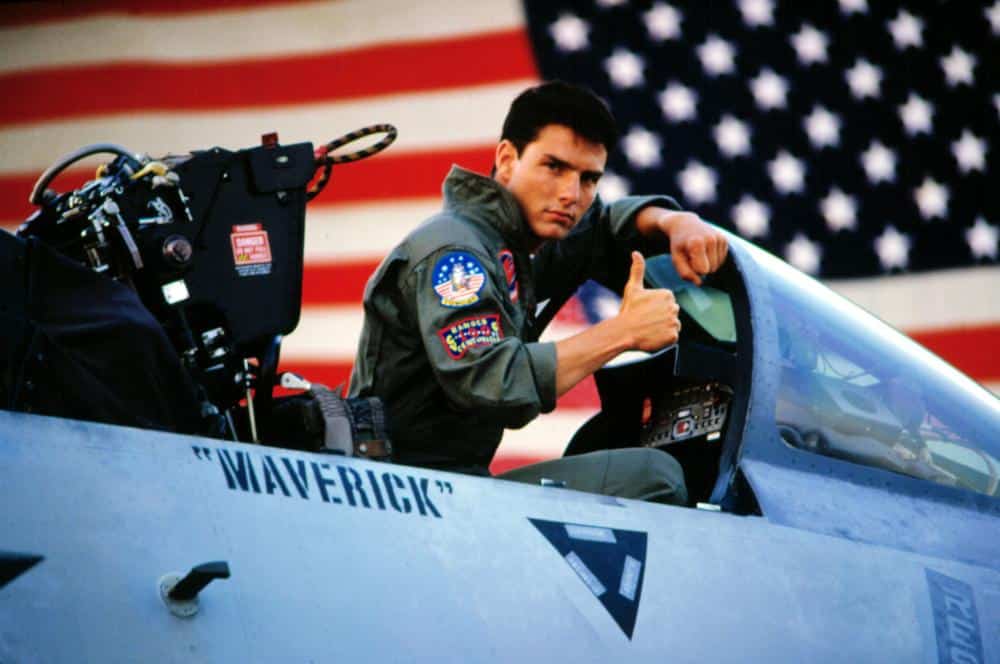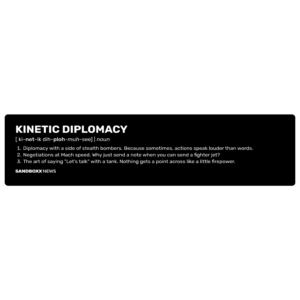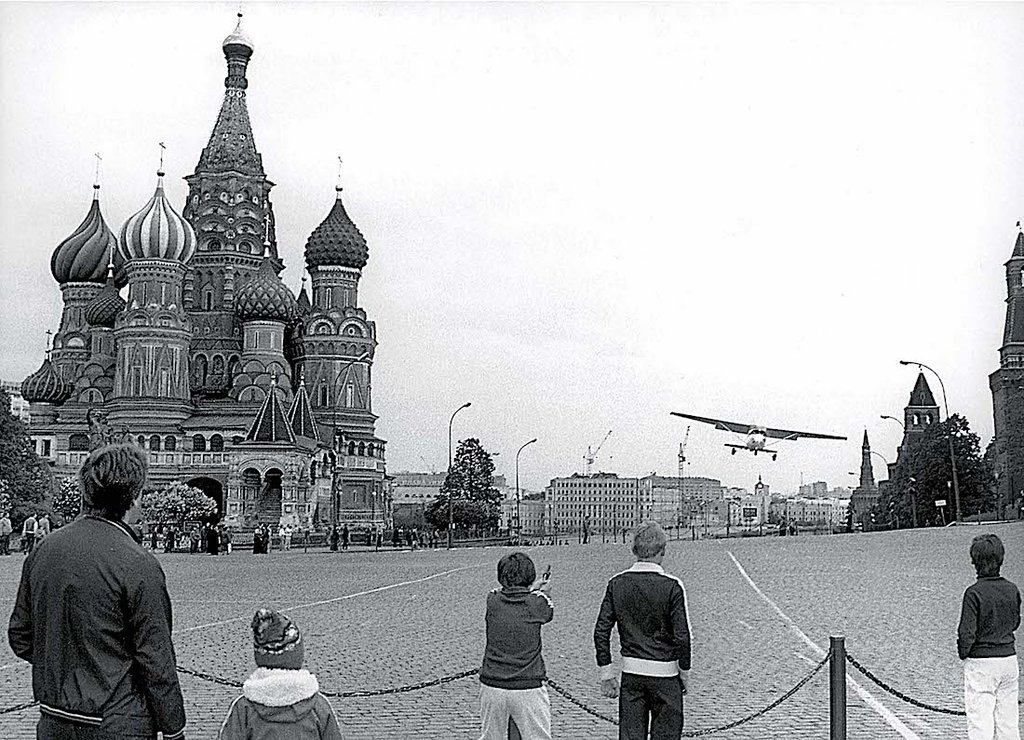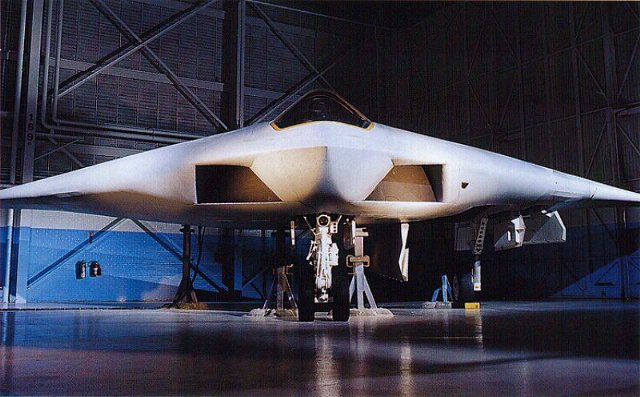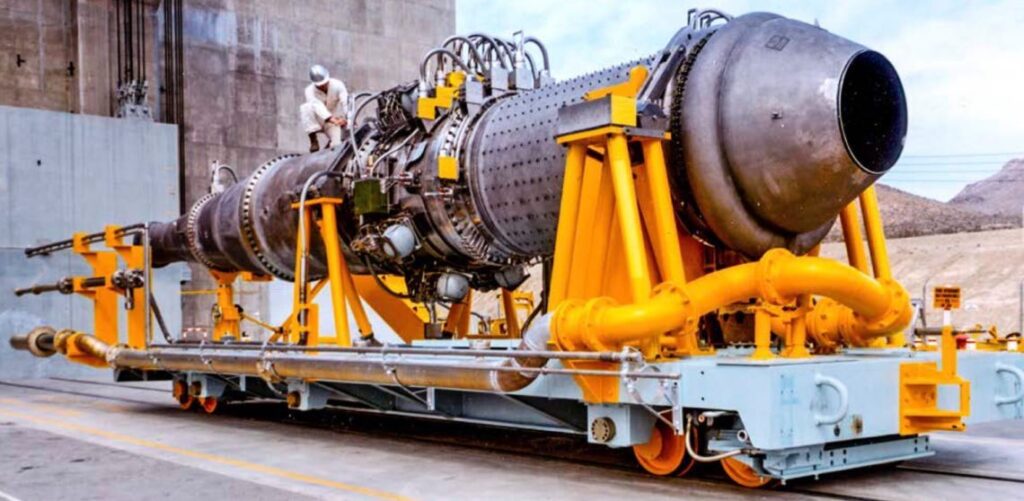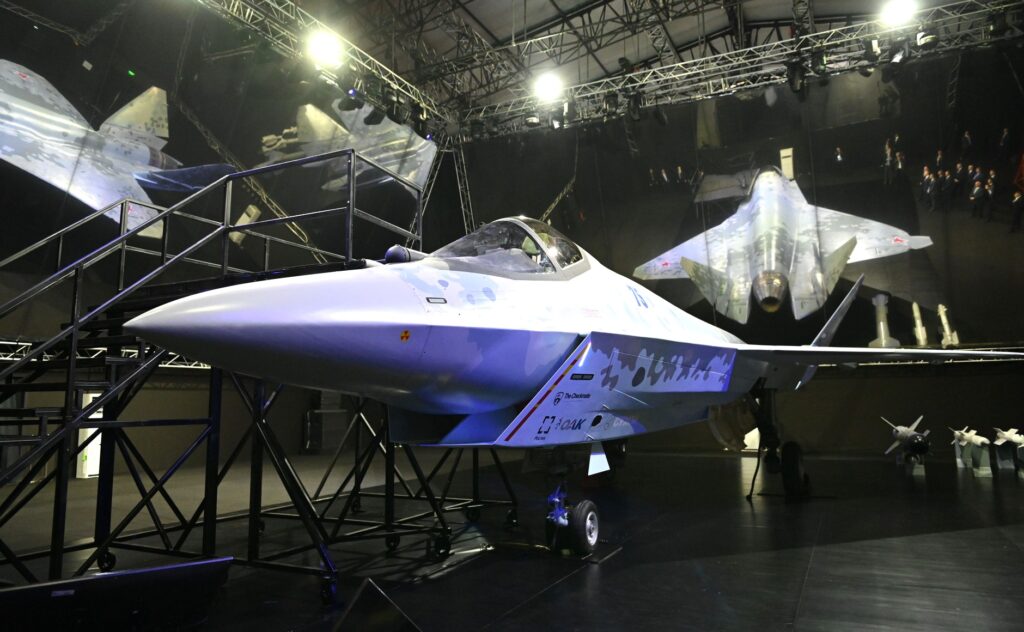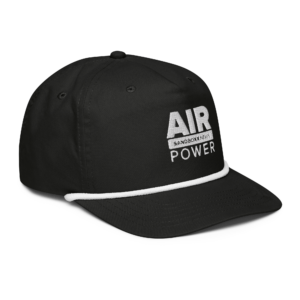For aviation buffs, there are few things better than a movie centered around fighter jets… But, at the same time, there are a few things these movies always seem to get wrong.
Pilots stare death in the face for a living. Yet, because of their extreme professionalism, constant training, and nerves of steel videos of real engagements captured from inside the cockpit often seem downright mundane.
Maybe it’s because of that, that Hollywood tend to get military aviation so wrong, often inventing threats that don’t exist, dramatically overstating the capabilities of adversary systems, and depicting just about every pilot as a loose cannon just a few days from retirement. The real drama of military aviation isn’t easy to convey on screen, so we get caricatures of it instead.
So, let’s discuss a movie that shaped my childhood – and probably yours too – Top Gun.
Real fighter pilots aren’t Mavericks
I’ve written and talked about Top Gun quite a bit over the years, and I’m on record as saying that Maverick isn’t the hero of the original film, but rather the villain. The real hero of Top Gun was Iceman, and that’s because actual combat aviators just can’t afford to be Mavericks.
In this movie, Pete “Maverick” Mitchell and his Radar Intercept Officer, Nick “Goose” Bradshaw, participate in what we now call the Navy Strike Fighter Tactics Instructor program, better known as Top Gun. We follow Maverick through his very real struggle with mental health as he competes for the top spot in the course. To the uninitiated, Maverick comes off as cool, capable, and cocky, and you might be forgiven for thinking it’s that cockiness that makes other pilots, like Tom “Iceman” Kazansky, dislike him. But it’s not Maverick’s confidence that makes him a bad teammate, it’s his reckless and selfish behavior.
This much was spelled out directly when Maverick asks Iceman what his problem is, and Iceman responds, “You’re everyone’s problem. That’s because every time you go up in the air, you’re unsafe.” Later, he explains it again, telling Maverick, “It’s not your flying, it’s your attitude. The enemy’s dangerous, but right now you’re worse.” And of course, it was Maverick’s complete unwillingness to back off and potentially let Iceman take the trophy that created the dangerous set of circumstances that saw Goose die.
By now, you might be saying, “but that’s Maverick’s character arc. By the end of the movie, he becomes a good wingman and saves the day…” But did he really?
Maverick started that engagement by deserting his wingman to fly off into the distance to have a full-blown anxiety attack. Now, I’m not judging anyone for having anxiety… but if you’ve shown to have a track record of these sorts of attacks in the middle of complex air combat operations, you shouldn’t be in the cockpit to begin with.
Of course, it all works out in the end for Mitchell, and that brings us to our second entry, pulled straight from the sequel, Top Gun: Maverick.
Related: What movies and videogames get wrong about weapons and military tech
Other branches do exist
Top Gun: Maverick is one of my favorite movies of the past decade and is a true successor to my beloved Top Gun.
The plot of Top Gun: Maverick centers around the need to destroy an unsanctioned uranium enrichment plant deep inside an unnamed nation that is obviously Iran. Somehow, in this universe, that country is not only still operating American-supplied F-14s (which it does), but also operating Russian-sourced Su-57s that are never identified by name. In order to accomplish their mission, a group of Top Gun graduates flying their F/A-18 Super Hornets need to push their jets to their structural limits and deliver their bunker-busting bombs, all while avoiding what seems to be a limitless supply of surface-to-air missile emplacements.
Just like the first one, the sequel takes a lot of liberties with the reality of naval aviation and skims over some pretty big plot holes, for example, saying that the Navy couldn’t use F-35s for the mission because of… GPS jamming?!
Do I mind how silly it is that there would be a fully loaded adversary F-14 sitting around unattended for them to jump in? No. Does it bother me that Maverick survived the Darkstar breaking apart at better than Mach 10? Nope. Could I watch the F-14 versus Su-57 fight every day for the rest of my life without getting tired of it? Absolutely… But this movie is still guilty of one of the most common things war movies tend to get wrong about military aviation: It pretends other branches of service don’t exist.
In the movie, the operation starts by hitting the enemy airstrip with Tomahawk cruise missiles, which makes perfect sense, but it doesn’t make sense that they didn’t just also target all those SAM sites with more Tomahawks. But even that wouldn’t be necessary if the Navy had just picked up the phone and made a call to Whiteman Air Force Base (AFB) in Missouri, home to America’s B-2 Spirit stealth bombers.
These bombers could fly high over the canyon those Super Hornets had to zoom through without much concern for the dated Iranian SAM sites down below. Once over the target zone, the B-2 would employ its own laser-guided bombs to take out the enrichment plant, a lot like the Super Hornets did, except the B-2 pilots could do it in between sips of their coffee.
Having the Navy do the job with Super Hornets is sort of like America deciding to fly this mission with both hands tied behind its back… but hey, it did make for a more entertaining movie, anyway.
Feature Image: Tom Cruise as “Maverick” in “Top Gun.” (Paramount Pictures)
Read more from Sandboxx News
- Is the Army’s new M7 rifle a step back over its predecessor?
- How to get through Special Forces selection? Don’t be the ‘Grey Man’
- What could Lockheed’s Skunk Works be building with billions of dollars worth of classified funding?
- The Alamo Scouts were a forgotten precursor of the Green Berets
- How US Special Forces took on Wagner Group mercenaries in an intense 4-hour battle

